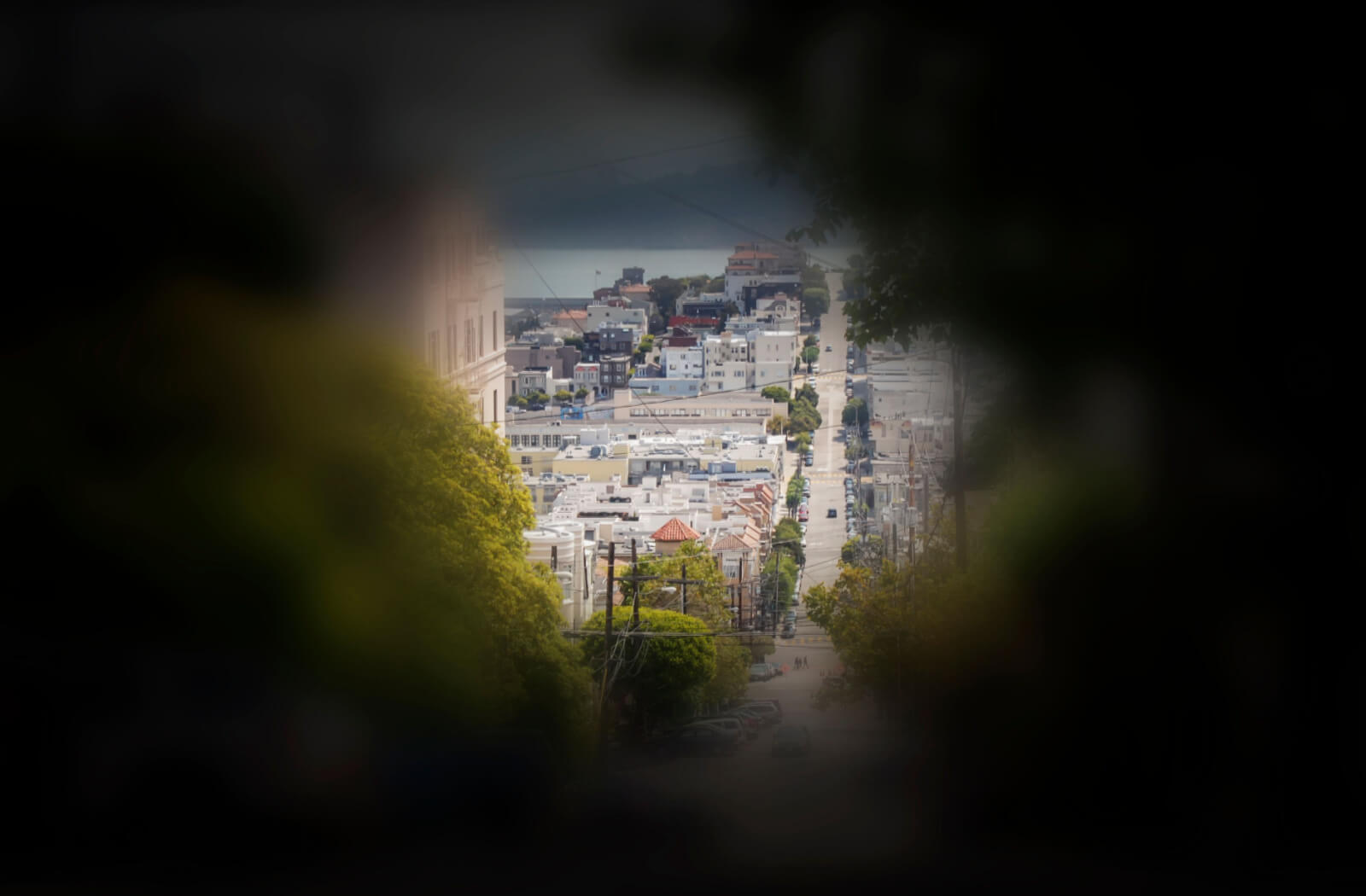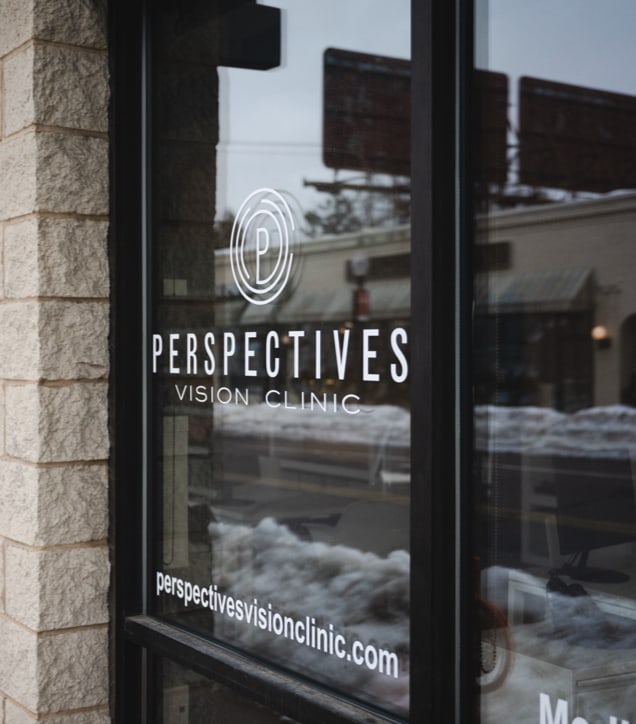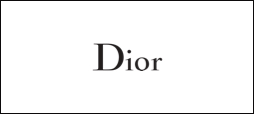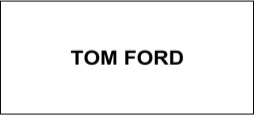Glaucoma is a group of diseases that affects millions of Americans, and many don’t even know they have it. Peripheral (side vision) loss is one of the first signs you’ll notice. Halos around lights, eye redness, and pain could also be early signs, depending on the type of glaucoma.
Perhaps one of the most important parts of disease diagnosis and management actually begins with prevention. A major part of your eye health is taking a proactive approach. That includes watching your diet, lifestyle, and ensuring you see your eye doctor for regular eye exams.
What Is Glaucoma?
The most common subtypes of glaucoma are open-angle and angle-closure glaucoma, but there are 8 additional types. One thing that most types of glaucoma have in common is that they can cause vision loss due to damage of the optic nerve—typically from high eye pressure.
Symptoms
Symptoms vary somewhat between glaucoma subtypes. Let’s look at the two most common types:
Open-Angle Glaucoma
- Very few symptoms until vision loss begins
- Loss of peripheral vision is common
- Nausea
Angle-Closure Glaucoma
- Headaches
- Eye pain
- Halos around lights
- Very blurred vision
It’s also important to note that these symptoms can be signs of a quickly progressing type of glaucoma. These symptoms don’t guarantee what type of glaucoma you have, but they are a signal to visit your eye doctor. This could be an eye emergency, so it’s important to see your eye doctor right away to prevent vision loss.
Treatment
Unfortunately, there is no cure for glaucoma. But there are treatments and therapies available that can slow or stop its progression.
The first line of treatment is typically eye drops to help reduce pressure. In some cases, your optometrist may prescribe oral medication instead. The various medications can reduce pressure in different ways. Some reduce fluid production, while others increase outflow from the eye to prevent a buildup.
There are also some laser and surgical therapies available. These are usually only considered after medication and lifestyle changes don’t bring the eye pressure down to a safe level.
What Are the First Signs of Glaucoma?
Glaucoma typically doesn’t show many symptoms unless it begins as the more severe angle-closure type. With open-angle glaucoma, you may notice some slight fading to your side vision, but it’s often so gradual that many people don’t notice until vision loss progresses.
Eye Exams for Early Detection
One of the biggest things to consider with glaucoma is that vision loss cannot be reversed. So, prevention is the goal.
A comprehensive eye exam is the most effective way to detect glaucoma because it often begins developing without outward symptoms. Your doctor can measure your eye pressure and determine if a rise in pressure is related to glaucoma. Your eye doctor will take your overall health and medical history into account when diagnosing a problem with your vision.
Depending on your age and health, you should see the eye doctor every 1 to 2 years. Even if you’ve seen the optometrist recently, if you develop any of the symptoms described above, you should schedule an appointment with your eye doctor as soon as possible.
Staying Healthy at Home
There are many things you can do at home to take control of your eye health and support healthy eyes. Lifestyle and home remedies to help you control high eye pressure include:
- Eating a healthy, balanced diet: There are certain vitamins and minerals, like A, C, E, zinc, copper, and selenium, which promote healthy eyes. The best place to get these nutrients is through the food you eat.
- Living an active lifestyle: A healthy amount of activity is great for your whole body. If you’re at a higher risk of developing glaucoma or you’ve been diagnosed with it, your eye doctor may recommend avoiding certain activities.
- Less caffeine: Coffee may get us through the morning, but excessive caffeine intake can also raise your eye pressure. Consuming in moderation is advised.
- Visit your eye doctor: Seeing your eye doctor for the recommended exams and taking all medications or eye drops as directed is a critical part of your eye health journey.
Discuss Your Eye Health with Your Eye Doctor
Glaucoma is only one condition your eye doctor may look for during an eye examination. They’ll also check that your prescription is up-to-date or that you’ve had a chance to learn about the latest contact lens technologies.
And if you do have uncomfortable symptoms, your eye doctor can diagnose the problem and develop a treatment plan for you. Contact us today to book an appointment with one of our optometrists at Perspectives Vision Clinic.










